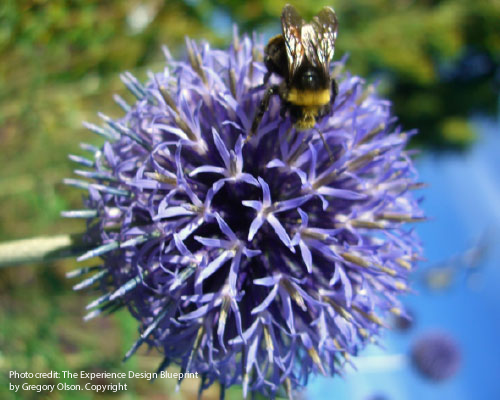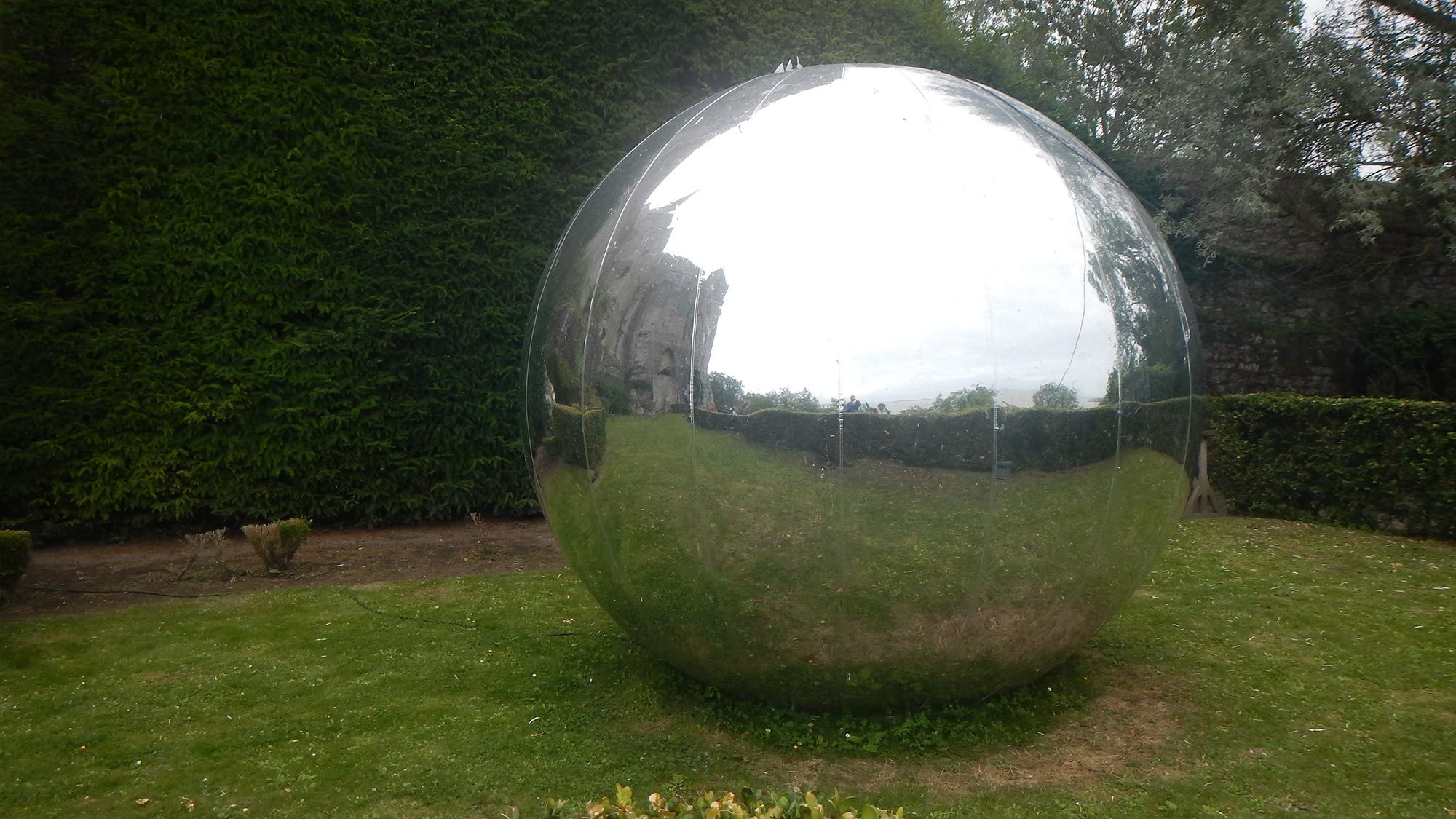Home » Freebies » Shiny Objects
This is an excerpt from Chapter 10: Bees and Raccoons, in The Experience Design Blueprint.
Pursuing the Shiny
It is well known that raccoons are curious creatures; they love to handle food and objects with their tiny sensitive hands. In fact, many raccoon traps are baited with shiny objects such as coins, or foil. It turns out that raccoons will relentlessly hang on to a shiny object and become trapped.
In business sometimes our pursuit of innovation is much the same. We become fascinated, even fixated on our shiny object du jour sometimes not letting it go when we should. Organizations that don’t manage their innovation portfolios can get caught up in pursuing fascinating dead ends while the even shinier objects of yesterday go un-resourced and languish in the realm of the ordinary.
It is critically important that organizations put in place vetting processes that pass thru shiny objects worth pursuing while putting on ice or killing those that don’t measure up. Not every pursuit has to be a sure thing, hence the portfolio management approach. That said too many organizations get caught up in pursuing too much with too little. This is especially prevalent in the tech sector where there is no shortage of ideas. Unfortunately, there is sometimes no shortage of paths pursued as well and resources are spread thin to the point of personnel exhaustion and marketing place infectiveness.
If more raccoons were caught with their hands on the shiny object, starving to death, and increasingly desperate then this terribly unproductive practice would cease. However, corporate leadership, boards, and the culture in high tech companies tends to favor the shiny paths because those are the ones that everybody sees as the big payoffs. We are able to perfectly recall the successes of the organizations we admire, even thinking that we are emulating them. However, we all suffer from amnesia when it comes to the countless organizations and initiatives that fail to measure up or fail altogether.
A Better Role Model
It turns out that there are better role models than raccoons, namely, bees. Bees are equally fascinated, but not with shiny objects. Their fascination is with nectar, water, and great digs. Each morning worker bees wake up (I wonder if bees have an equivalent of snoring and dreaming?) and venture off in a direction in search of nectar, water, and potentially in search of nectar, water, and potentially better nesting grounds. This pursuit by scout bees is necessary to sustain life for the entire colony. When a venturing scout bee encounters a stash of nectar, water, or a great nesting site, it returns to the hive and performs a waggle dance. The energy exuded in the waggle dance signals to the surrounding bees the value of the treasure found.

Figure 10.1 Dutiful Bee Collecting Nectar
Learning From Bees
It turns out that bees may be smarter than some corporate leaders. All bees in the colony do not follow one waggle dancing bee. Bees place many bets, in essence, as a colony they manage a portfolio that pays off with relative values of water and nectar. Any scout bee returning to the nest can perform the waggle dance with excitement equal to the value of the treasure they found. This is a fully inclusive process; no scouts returning to the nest are discriminated against because they don’t carry a certain title, possess a certain number of years experience or have a direct relationship with the queen.
We can learn much from bees and raccoons. While raccoons are agile and can even climb headfirst down trees, bees are able to hover, fly, and change direction immediately when the situation calls. Raccoons amid all their curiosity are creatures that serve their own selfish purpose. Bees are no such creatures. Bees appear to work alone but are always working in a larger distributed team for a common purpose to keep the hive alive and thriving. Whether you lead an organization or simply work with or for one, be a little more like a bee and less like a raccoon and your hive may soon thrive, too.
Recipe #40: Dance Like a Bee
Have a discussion with your team to brainstorm how you can work together more like bees and less like raccoons. Discuss how your organization handles shiny objects and how you can establish the equivalent of an innovation waggle dance.
Discuss Projects
Ready to discuss your needs?


